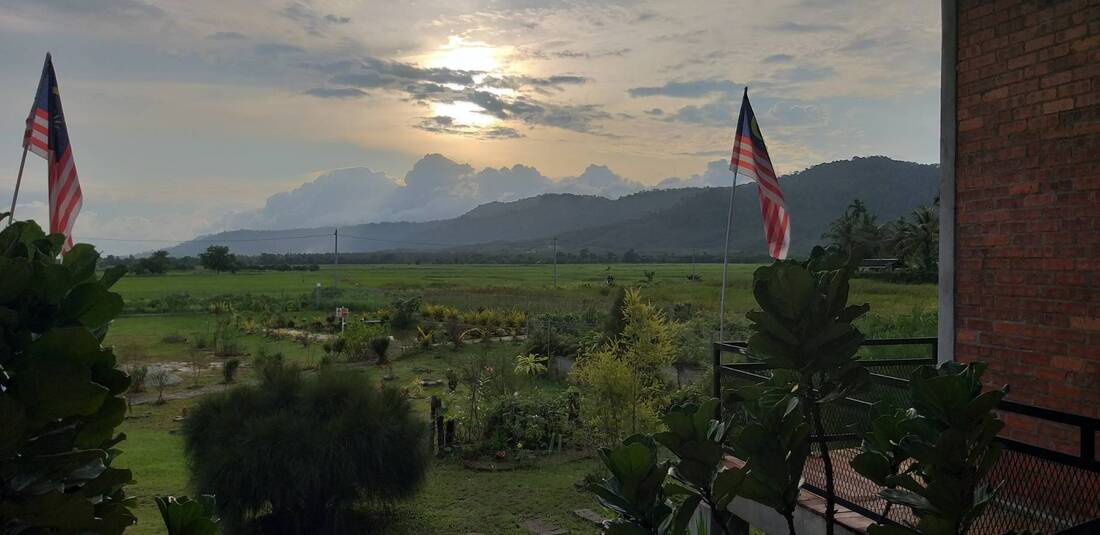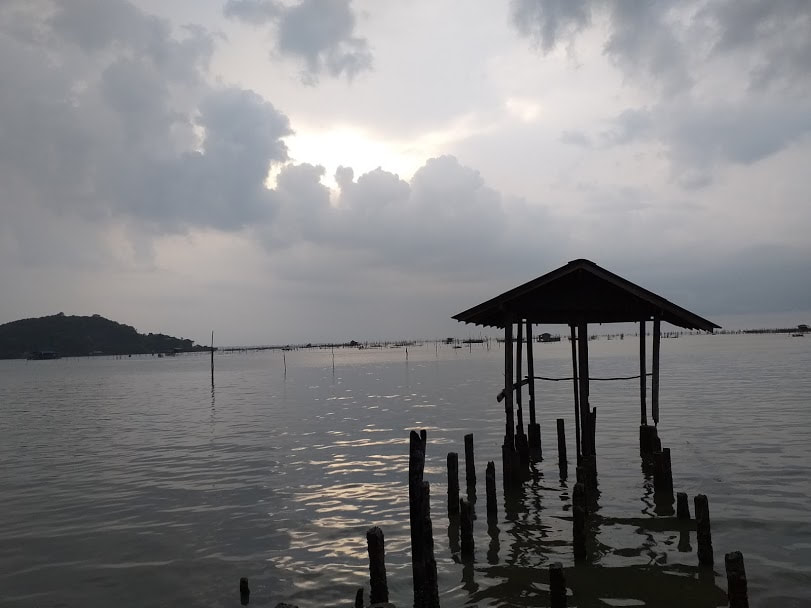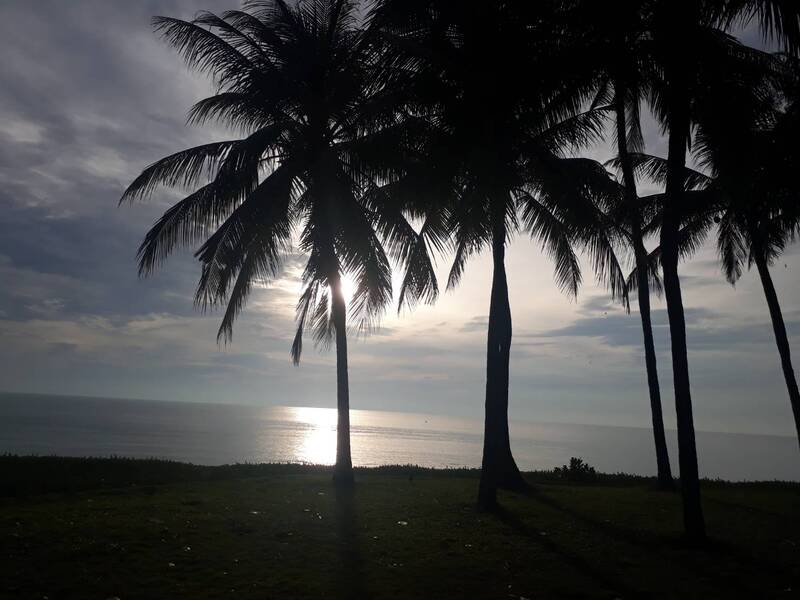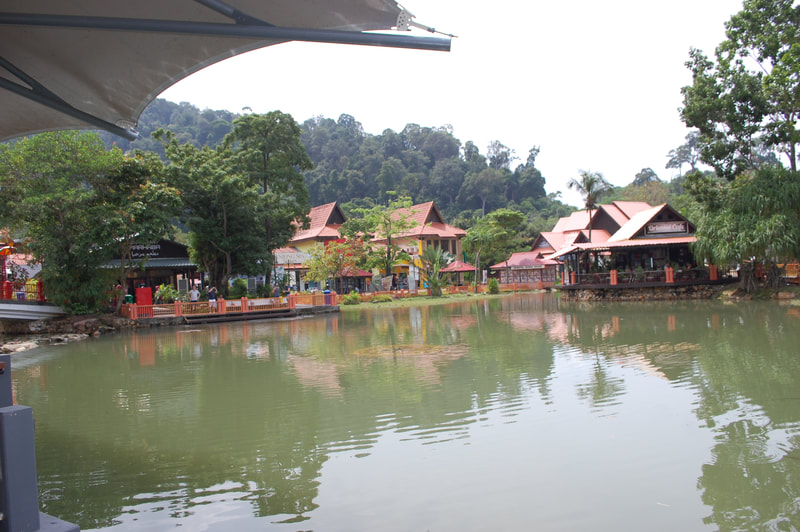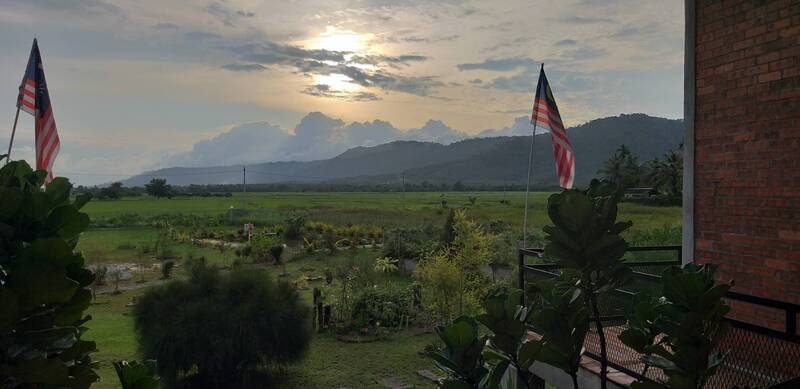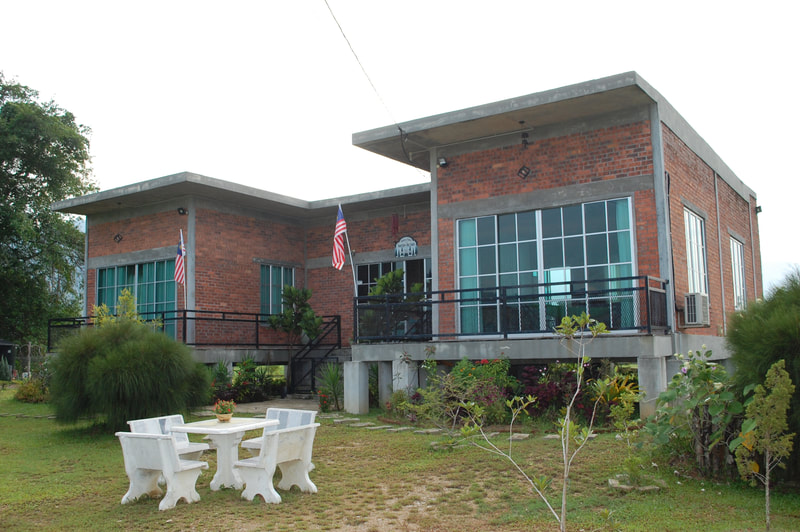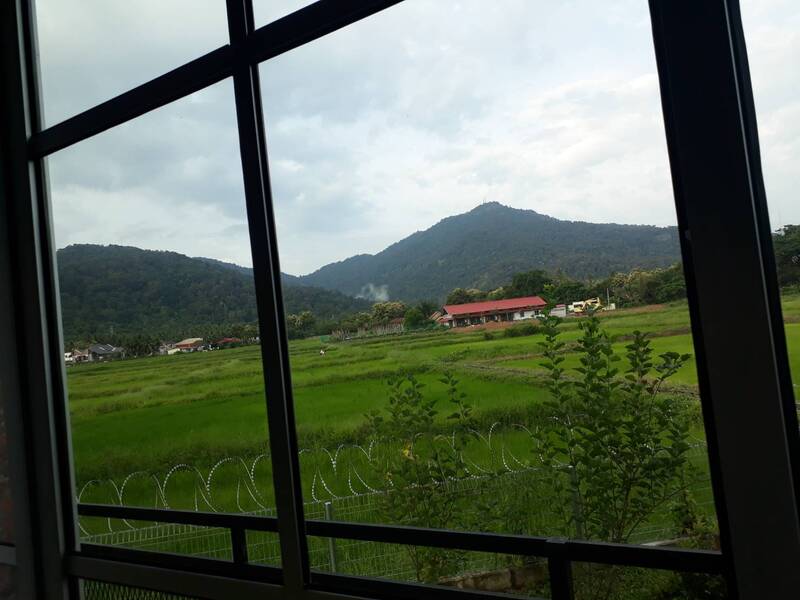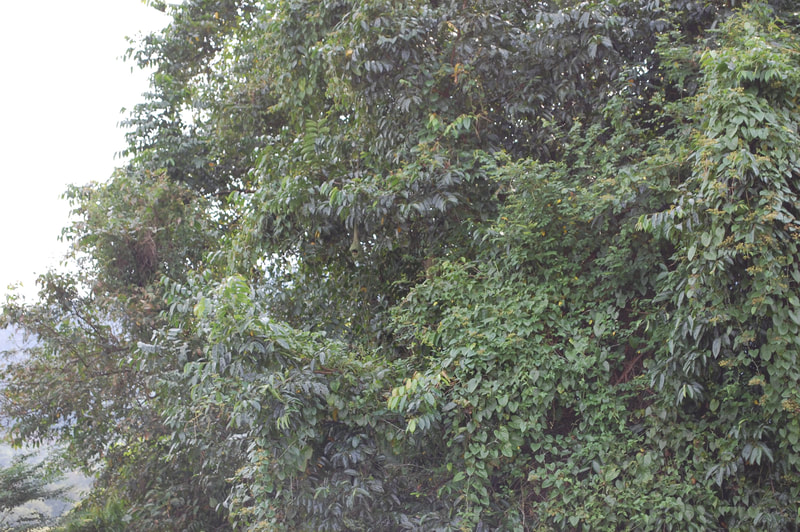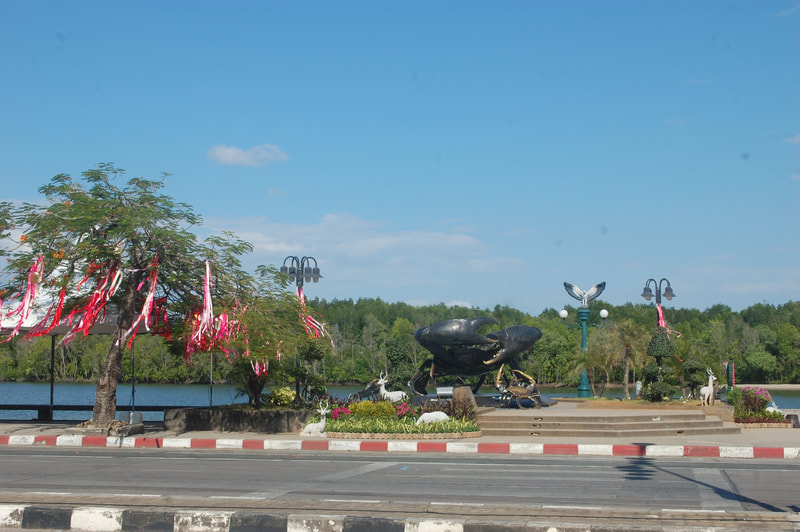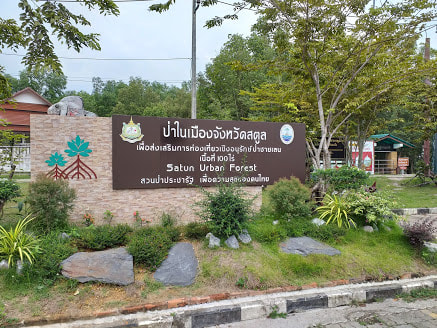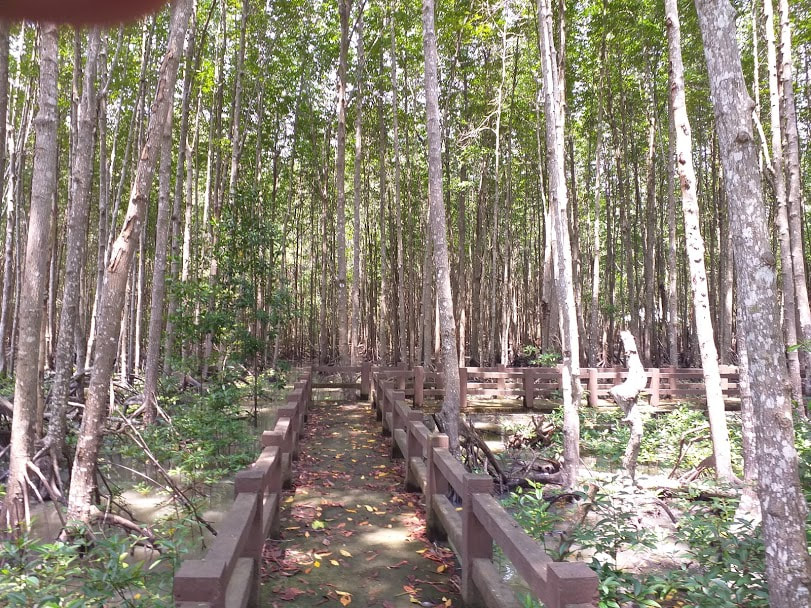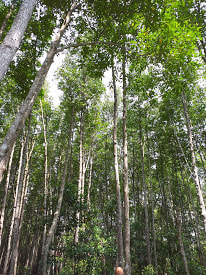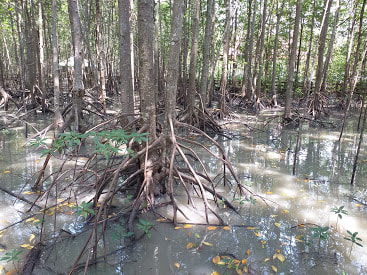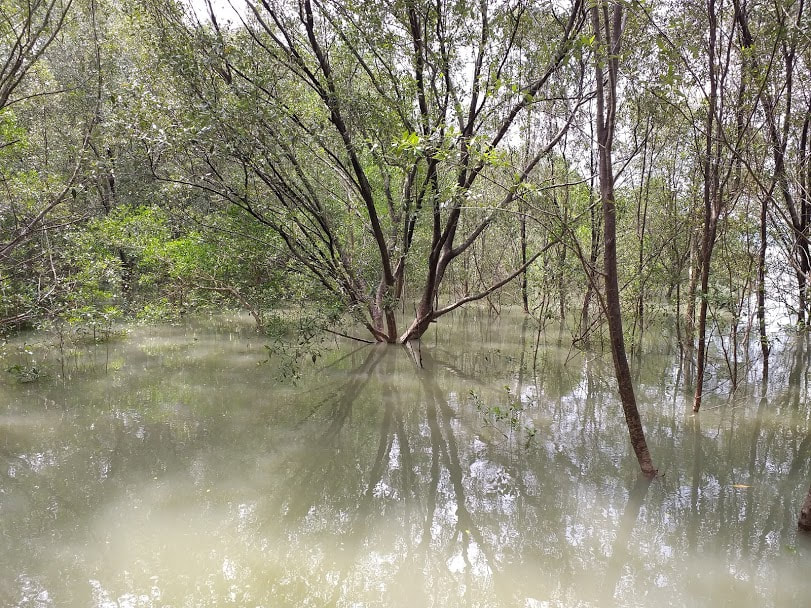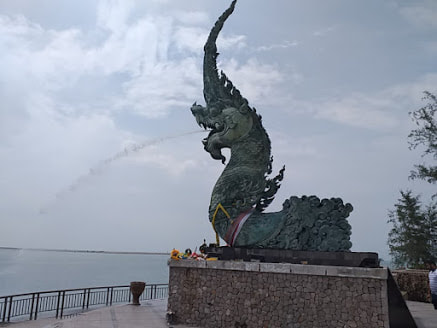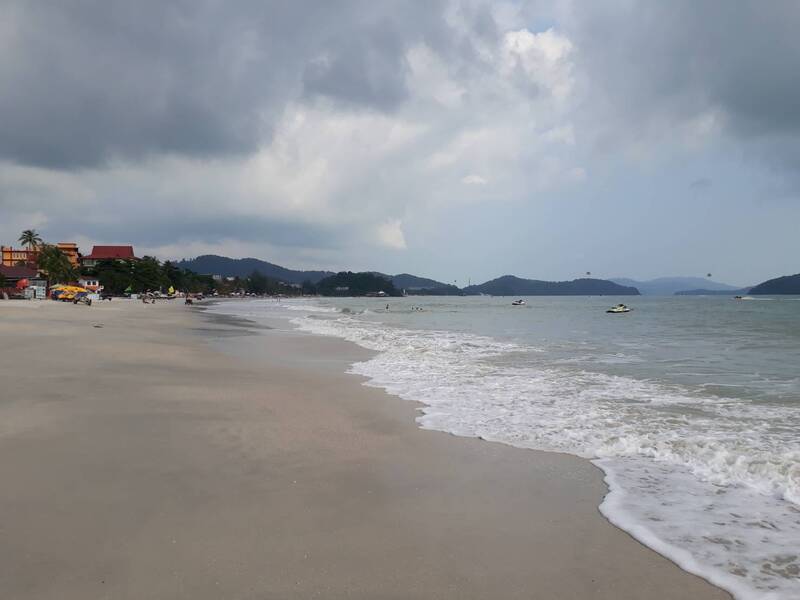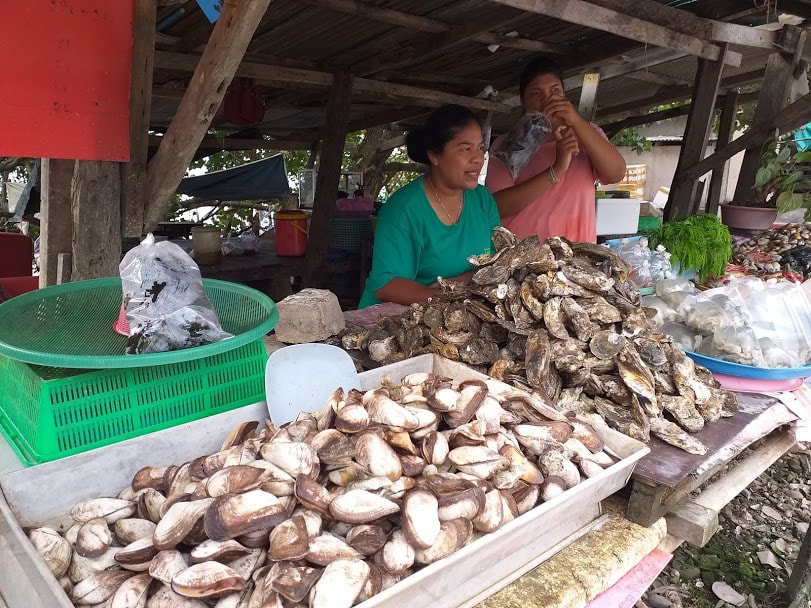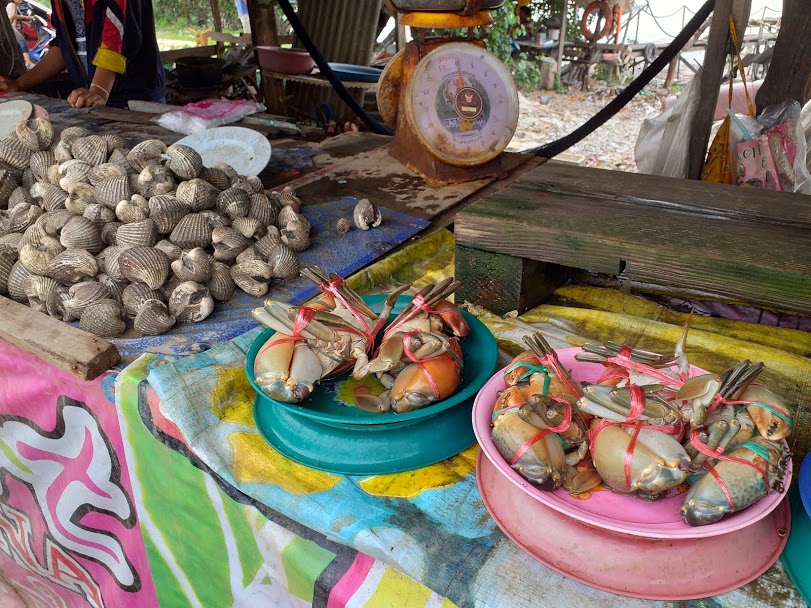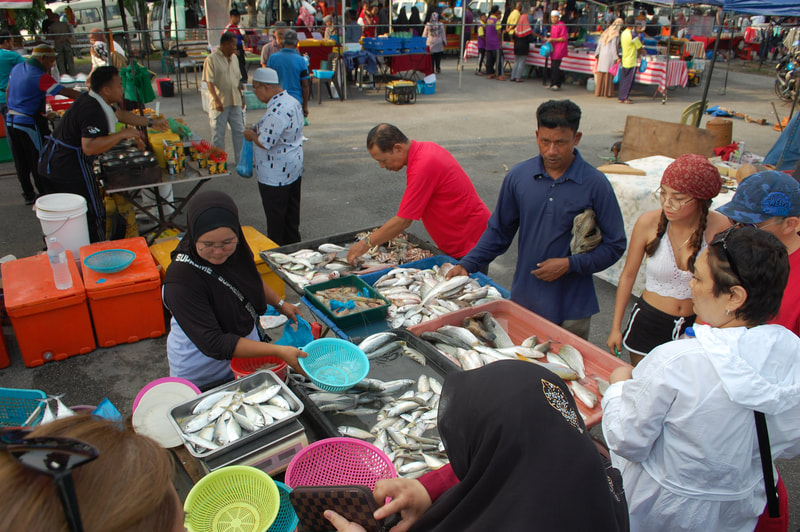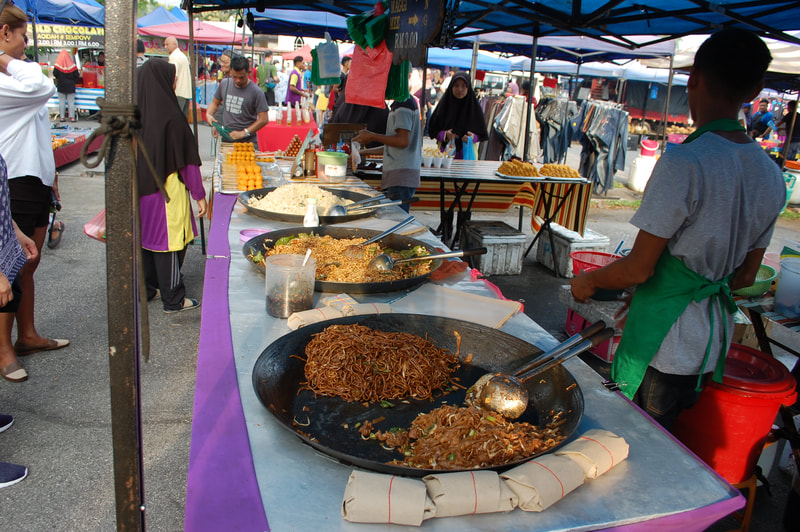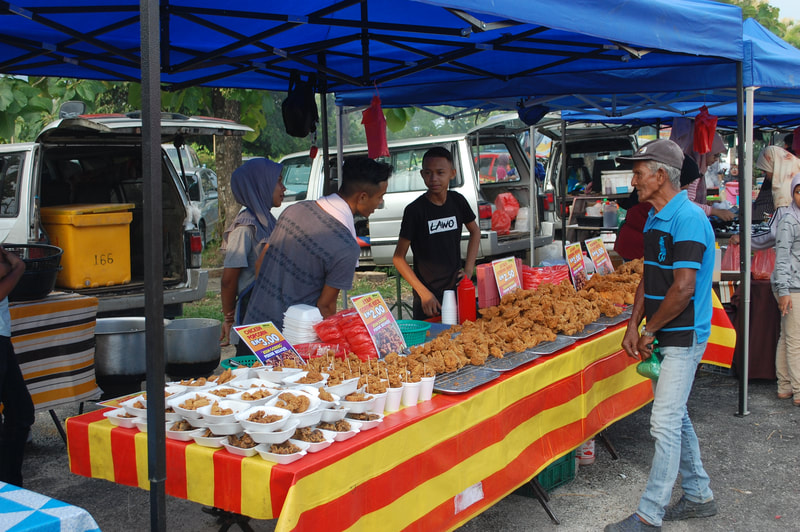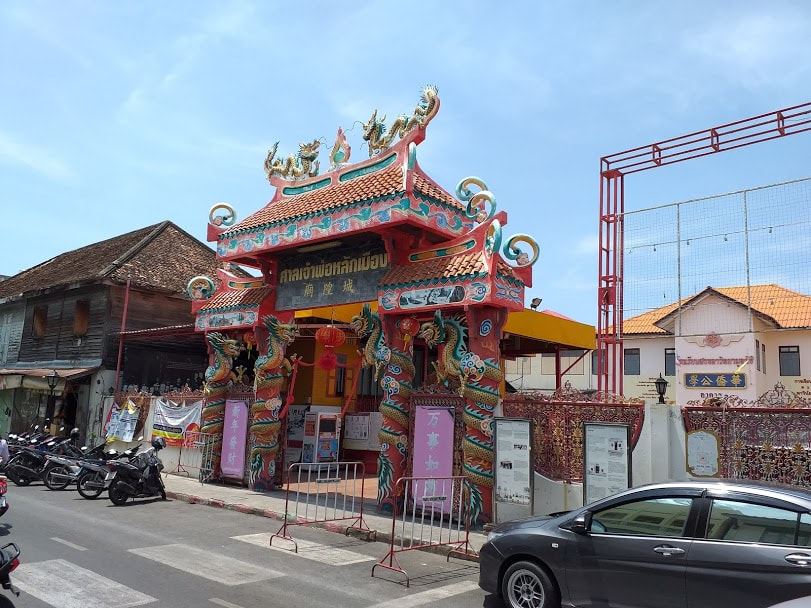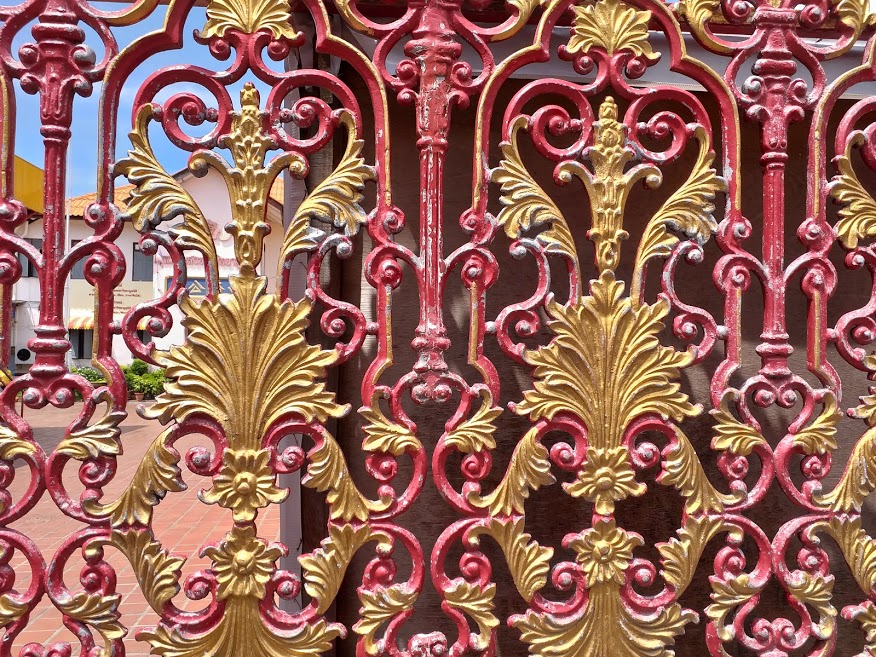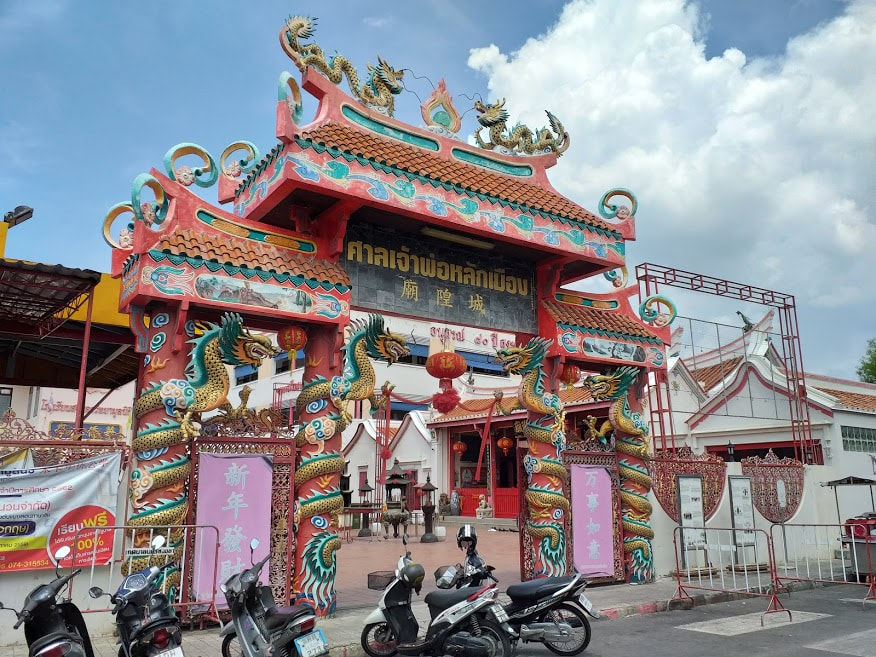|
Langkawi & South Thailand
Trip to Songkhla Lake, Satun Marine Forest and Langkawi Island Songkhla Lake is considered the largest and the only natural freshwater lake in Thailand. The Lake, approximately 80 kilometers long and 20 to 25 kilometers wide, covers areas of both Songkhla and Phattalung provinces. Although we had just gone to meet some friends and have fresh seafood dinner in Koh Yo, the cloudy and wet evening provided us with a unique view of the lake. Next morning we visited the lake again to absorb the vastness of the lake and the beauty around, and to see if we were lucky to see some bird life. Little cormorants were busy drying their feathers on the bamboo poles supporting the fishing nets. Collared Kingfishers were also perched on the poles to scoop a fish or two. White-bellied Sea-eagle swooped over us displaying its pure white head, underbody and underwing-covers, and outer half of the tail. A solitary Great Egret was busy on the mudflats looking for anything of interest. On the roadside we saw a number of Green-pigeons, a flock of Asian Glossy Starlings resting on the electric wires and fruit trees. In Satun, whilst waiting to catch a ferry to Langkawi, we had time to visit impressive and extensive mangroves. Satun Urban Forest, around the ferry port provided an interesting walkway inside the mangroves. The tall mangrove trees, going up 100 feet or more. The dense forest had a variety of wildlife. The loud calls of White-breasted Kingfishers and easy sighting was the first thing we came across. Dancing Pied Fantail at close quarters was a pleasure to watch. We came across a monitor lizard, about a meter long and plenty of mud skippers. There were plenty of bird calls from the canopy, not easily sighted. Mosquitos made our short walk in the mangroves a bit uncomfortable! We had hired Airbnb accommodation in the out skirts of Langkawi island. The solitary house, right in the midst of beautiful green rice fields with a clear view of the Gunung Raya (881 Meters), the highest mountain in Langkawi was a delight. Before even we entered the gate a Greater Coucal and White-headed Munia greeted us. At dusk the Black-crowned Night Heron was chasing a Little Heron away from his favourite drain and Egrets were flying home to roost for the night. Next morning we were greeted by a pair of white headed munias busy making a nest in a bush just our side the house. There were several of these Munias along with Scaly-breasted and Chestnut Munias feeding on grass seeds. We saw an Oriental Pied Hornbill flying across the garden and perching on a palm tree a little further. White breasted Kingfishers were all around in the paddy fields. Baya Weaver birds were busy making nests. Zitting Cisticolas kept us amused with their ticking calls and undulating flight. My friend was lucky to see Greater Racket-tailed Drongo. A Malkoha flew across the fields as we were seated with our beers in the evening. White-breasted Water Hen also made its appearance from the rice fields. Olive backed sunbirds were busy sucking nectar from flowers in the garden. Red-rumped and House Swallows were flying around and frequently perching on electric wires. Later in the day at one spot, whilst driving from the beach we saw a large group of Great-billed Herons on top of trees. Among the birds, at the house we stayed in, there was a solitary hen, apparently semi wild and capable of long flights and easily disturbed by humans. Needless to say that there were many noisy Mynas, Sparrows and cooing Spotted and Zebra Doves all around. We thought that we had seen more than our share of birds for the time we spent in Langkawi, but we were pleasantly surprised at the ferry terminal by a busy road a Black-naped Oriole and a large school of starlings on top of tall trees. A Shikra was perched on top of a tall tree to end our bird watching feast., |
